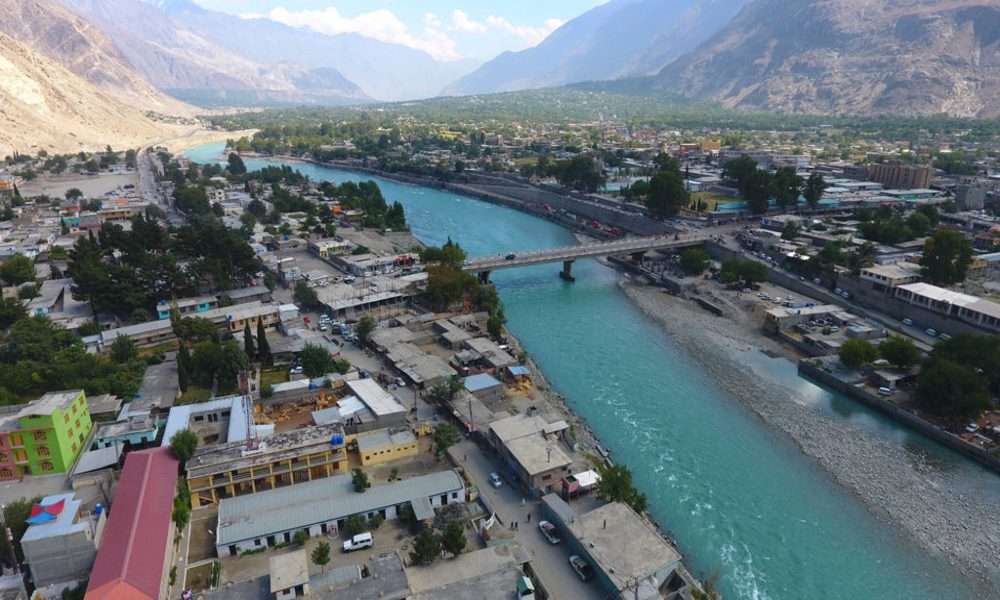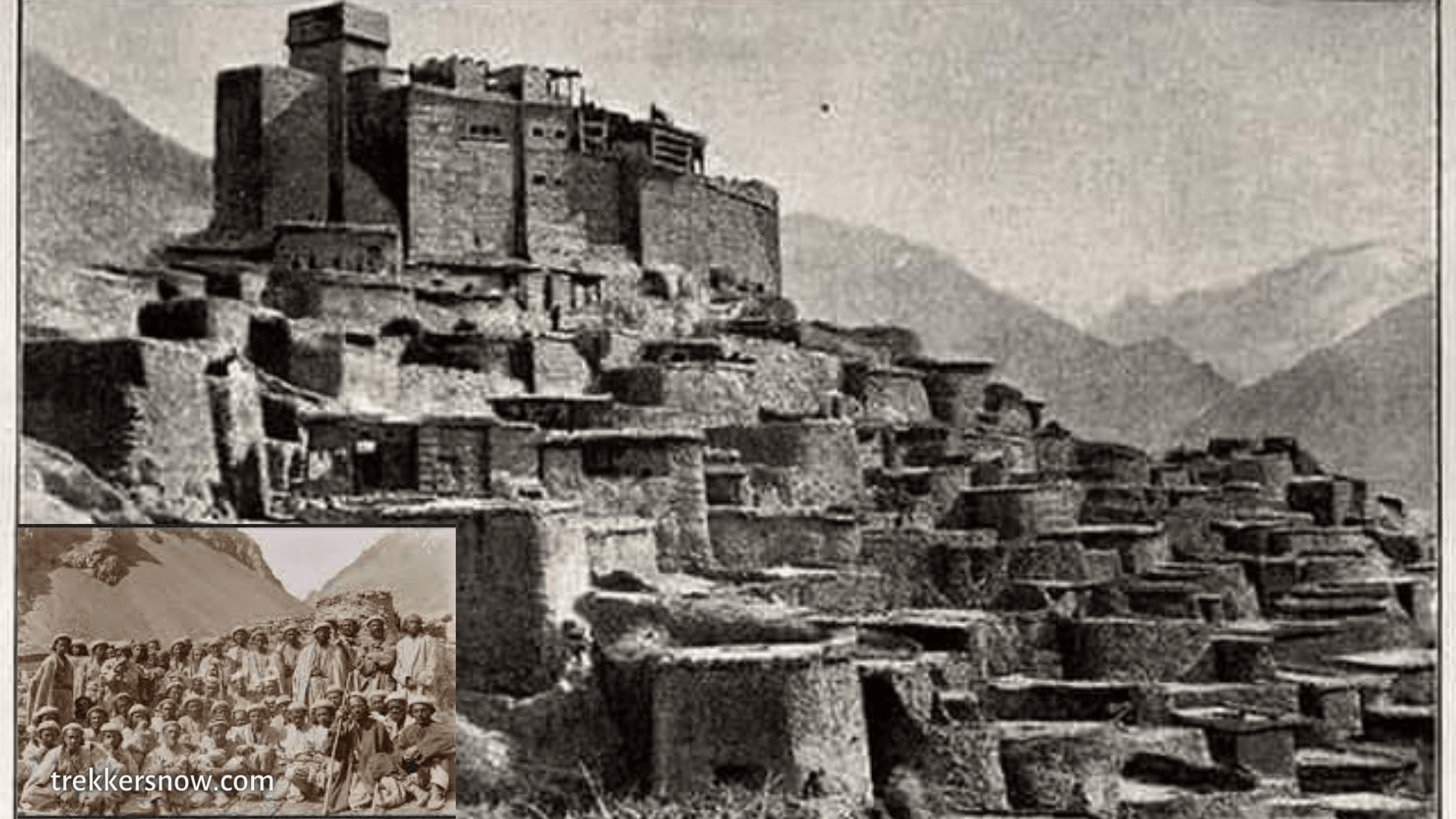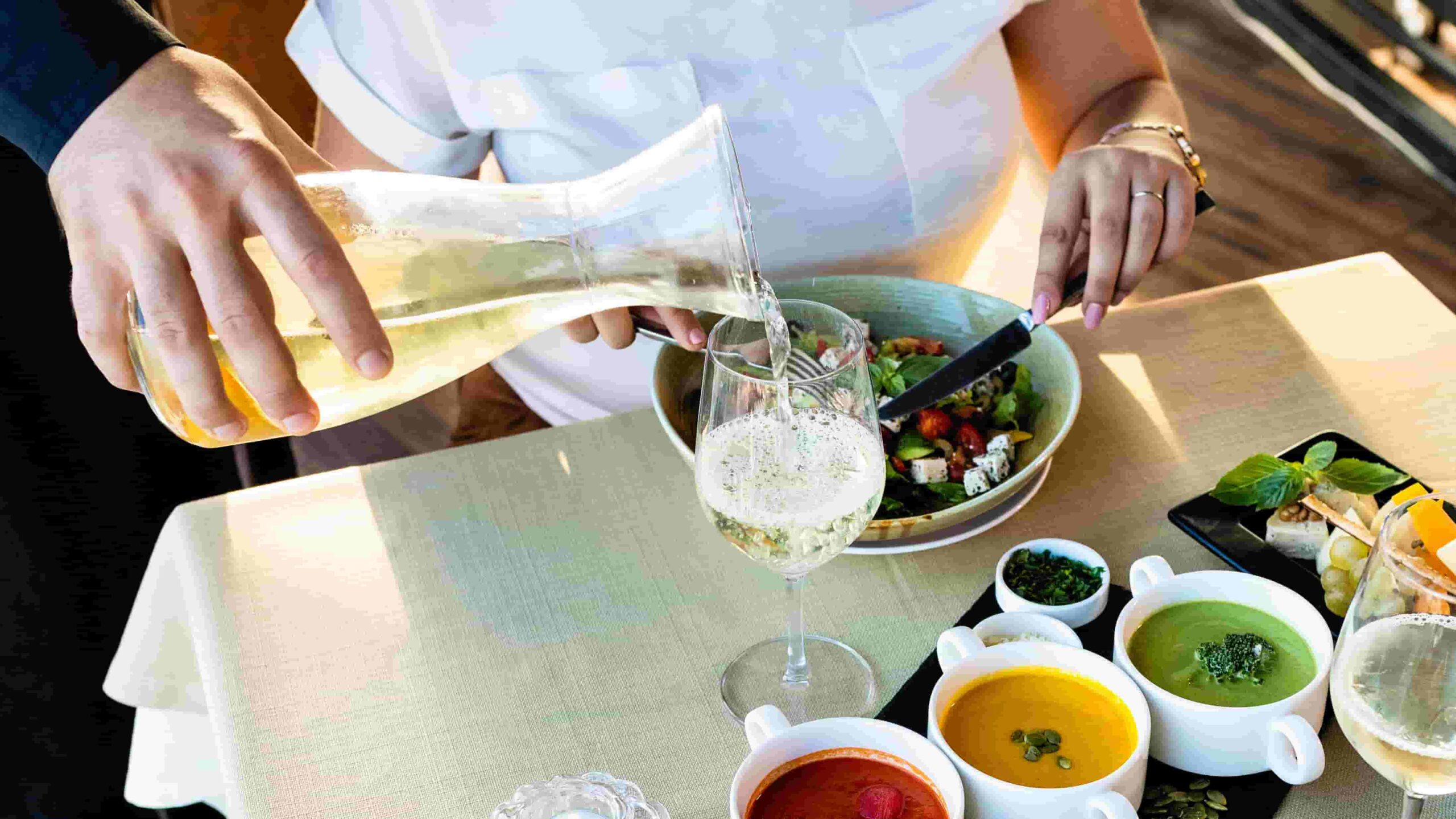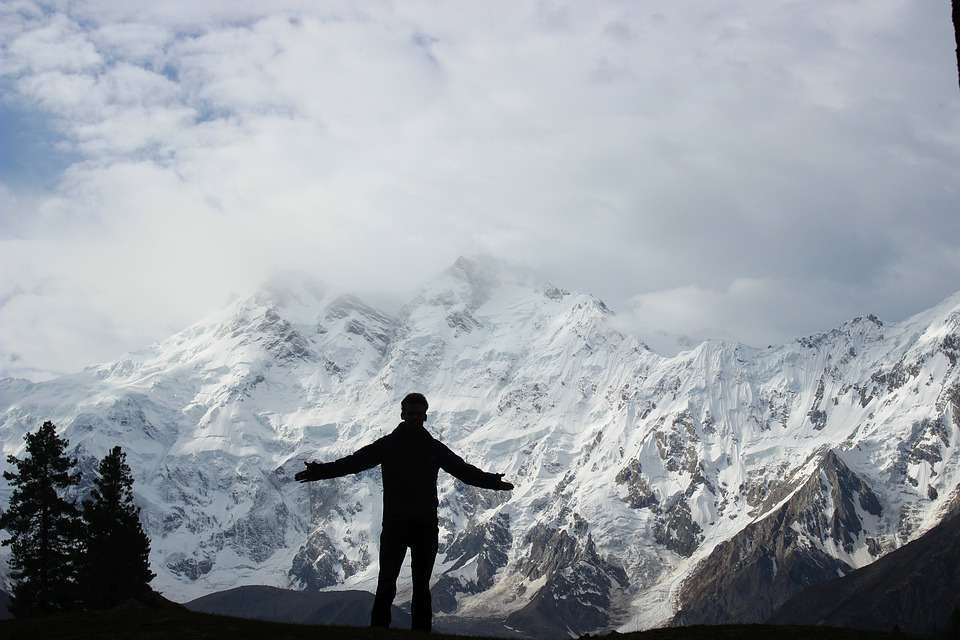Introduction
Gilgit gained independence from the Dogra family’s dominance in Kashmir on November 1.
Baltistan was liberated in 1948 as a result of a violent conflict. The province, which borders China, KPK, Afghanistan, and Kashmir, is six times bigger than Kashmir. The area covers more than 72,971 km2, and it is quite hilly, including K2 (Mount Godwin Austen Peak) and Nanga Parbat. The Hindu Kush is to the west while the Pamir Mountains are to the north. As of 2015, Gilgit-Baltistan has a population of around 1.8 million.
Gilgit serves as its capital. Baltistan, Diamer, and Gilgit make up the three components that make up the area. These are separated into a total of fourteen segments. The principal towns are Skardu and Gilgit. Gilgit-Baltistan is home to the Biafo, Baltoro, and Batura glaciers, which are the three longest in the world.
The well-known Sufi saints of the 14th century, Mir Sayyid Ali Hamadani among them, brought Islam to Baltistan.
He arrived via Kashmir. The invasion of the Turkic Tarkhan kings brought Islam to Gilgit.
Access to Gilgit was extremely restricted up until 1978.
Only wealthy and Pakistani officials were permitted to travel by plane.
To reach other cities, the residents had to go on foot through the mountains.
The massive Karakoram Highway was built by Pakistan with the help of the Chinese government. As of the right moment, Pakistan has also begun using the ATR 420-500 to fly to Skardu and Gilgit. Additionally, PIA runs daily Boeing 737 flights between Skardu and Islamabad.
The weather might affect the flights.
Climate
With winter lasting eight to nine months, the climate differs widely by location. While the eastern half of the Himalayas possesses the wet zone of the western Himalayas, the mountain area has a harsh and severe winter. However, the environment becomes very dry as you go closer to the Hindu Kush and the Karakoram.
In the summer, Gilgit and Chilas are warm during the day but chilly at night. Even in the summer, the valleys like Astore, Khaplu, Yasin, Hunza, and Nagar remain chilly. Every year, between 120 and 240 mm of rainfall. The rivers provide water for the irrigation system. The snow at higher altitudes provides plenty of water for the rivers. In the summer, the temperature can reach 40 °C (104 °F). Landslides and avalanches frequently occur as a result in the region. Gilgit is most enjoyable in the fall and spring.
Gilgit-regional Baltistan’s cuisine
The traditional food of Gilgit is quite organic and straightforward; it is considerably different from what people consume in urban areas.
The cuisine is quite varied and distinctive. Chapshoro, Dawdoo, Chamus, Mamtu, Sharbat, Harissa, Molida, Garma, Berikutz, Harissa, Diram, Mull, Gooli, Suppra, and Khamuloot are some of the well-known and extensively consumed foods. Another one among the tourist favorites is Chapshoro.
Operative Economy Giligit Baltistan
Gilgit’s economy is based on trade along the Silk Road. The Chinese trade association encouraged its citizens to actively invest and learn the fundamentals of commerce from Xinjiang, a neighbor. This also prompted the development of the Sust dry port and the chamber of commerce in Gojal, Hunza.
Agriculture and tourism are two more ways that individuals contribute to the economy. But the latter is developing into a valuable resource.
Fruits, wheat, corn, and barley are among the commodities traded throughout the nation. A 7000 MG dam to be built in Bunji in Astore was the subject of a 2009 energy project agreement between China and Pakistan.
Religion
Despite being Muslim, the region of Gilgit-Baltistan is split into two main sects: the Shia-practicing area and the Sunni-practicing area.
The Shia population makes up the majority in Skardu, but Sunnis predominate in the Diamir and Astore areas.
The Noorbakhshi people live in the Ghanche, whilst the Ismailis live in the Ghizar. Shias and Ismailis make up over 85% of the population of the entire province.
Gilgit culture
The culture, traditions, languages, and ethnic origins of Gilgit-Baltistan are varied and have been influenced by many different sects and faiths.
In addition to its enormous mountains, Pakistan is recognized for its people, history, and culture, making it a beautiful and intriguing landmark.
The most popular destinations and locations because of their memorable beauty and originality include the K2 Base Camp, Deosai, Naltar, Fairy Meadows, Bagrot Valley, Skardu, and Hushe Valley.
Three significant cultural occasions are the
Babusar Polo Festival,
the Shandoor Polo Festival, and the Harvest Time Festival (Navroz).
Old Man Dance and Cowboy Dance (Payaloo), which consists mostly of people dancing in vintage-style clothing and long leather boots while holding a stick in their hands, are traditional dances.
A bit different is the Sword Dance when dancers dance while holding a sword in their right hand and a shield in their left.
The traditional shalwar, kameez, and weskit are worn by the populace, and a woolen hat with a peacock feather affixed to it symbolizes a man’s fidelity.
On important occasions, the women there also don colorful iraghi hats, as well as shalwar kameez.
Agriculture land GB
Agriculture Because the Gilgit region is excellent for fruit cultivation, it is occasionally called the “fruits paradise.”
In this region, a variety of fruits including apples, apricots, berries, pears, and grapes are cultivated.
The locals’ preferred juices are both fruit and vegetable juices.
Locals eat more veggies to maintain their health and fitness.
Lifestyle of Gbian
The inhabitants of Gilgit lead relatively straightforward lives. Many visitors visit the region, and the locals are quite friendly.
In Gilgit, assistance is fairly simple to obtain since locals are eager to help. The inhabitants of Gilgit have benefited greatly from trading relations with China, although the area was long ignored.
In addition to operating profitably, they have also enhanced the neighborhood as a whole.
The people of Gilgit are polite and lovely in addition to being nice. Without a doubt, Gilgit is the ideal destination for a holiday trip.
One may genuinely admire nature while also taking in the lovely surroundings. The tourists may take pleasure in the locals’ uncomplicated way of life, the beauty of the mountains, delectable cuisines, pleasant weather, and shopping. Gilgit residents may also pass their time doing sports.
SumUp Conclusion
In addition to being in the north, Gilgit is a lovely destination for travelers.
Every year, many people flock there to enjoy the delicious food, entertaining sports, and affordable lodging. The populace is extremely caring and honest. Because of its beauty and historical value, most visitors go there. Compared to other parts of Pakistan, shopping is quite inexpensive. Since there is local transportation, the marketplaces are easily accessible. Gilgit’s shopkeepers occasionally take international cash, so visitors do not always need to carry Pakistani currency on them. This is an interesting fact about Gilgit. Without a doubt, Gilgit is heaven on earth. It’s rare to discover a place with such breathtaking beauty anywhere in the globe.



